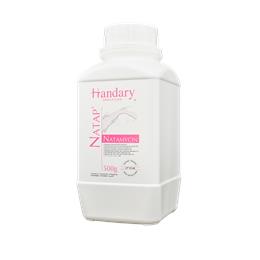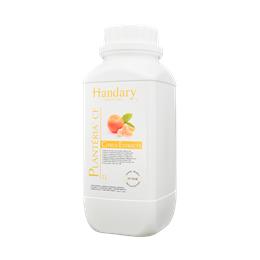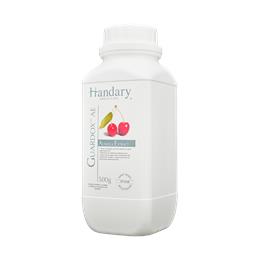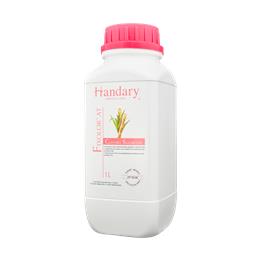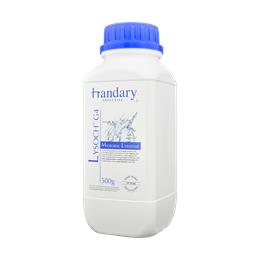Description
Beers and ciders are alcoholic beverages made from different ingredients and fermentation processes.
Beer is typically made from water, grains, hops, and yeast. The ingredients are mixed together and fermented to produce alcohol and carbon dioxide, giving beer its distinctive taste and carbonation. There are different types of beer, including ale, lager, stout, pilsner, and wheat beer. They differ in flavor, color, alcohol content, and brewing process.
Cider, on the other hand, is an alcoholic beverage made from fermented apples. Ciders can range in flavor from dry to sweet and can be still or carbonated. There are also variations that incorporate other fruits, like pear or berries.
Both beers and ciders can be enjoyed in different settings, from casual social gatherings to formal events. They are often paired with food, such as cheese, meats, or snacks, to enhance the taste and complement the flavors.
Post Fermentation Yeast Growth
After fermentation of beer or cider, the yeast cells will continue to grow and settle at the bottom of the container. This process is called conditioning or maturation. During this time, the yeast will consume any remaining sugars in the beer or cider, which helps to improve the flavor, aroma, and clarity of the final product.
However, it is important to note that excessive yeast growth in beer or cider can lead to off-flavors and cloudiness. This is why many brewers and cider makers will take steps to remove excess yeast before bottling or canning the final product.
Overall, while yeast growth is an important part of the brewing and cider-making process, it is important to control the amount of yeast in the final product to ensure that it has the desired flavor, aroma, and clarity.
Oxidative Rancidity
Oxidative rancidity is a common problem that can occur in beer and ciders when the beverage is exposed to oxygen for extended periods of time. When oxygen comes into contact with the compounds in beer or cider, it can cause them to break down and form new compounds that can result in off-flavors, off-aromas, and a general deterioration in the quality of the beverage.
In beer, oxidative rancidity can cause a stale or cardboard-like flavor, as well as a loss of hop aroma and flavor. In ciders, it can cause a loss of fresh fruit character and a nutty or sherry-like flavor.
Overall, minimizing oxygen exposure and adding antioxidants are important steps to prevent oxidative rancidity in beer and ciders and to maintain the desired flavor and aroma profiles of the final product.
Gram-Positive Bacteria
Gram-positive bacteria are a type of bacteria that can be found in beer and ciders. While some strains of gram-positive bacteria are beneficial to the brewing process, others can cause off-flavors, spoilage, and contamination.
One common type of gram-positive bacteria that can cause issues in beer and ciders is Lactobacillus. This bacteria can produce lactic acid, which can lower the pH of the beer or cider, making it sour. While sour beers are becoming more popular, Lactobacillus contamination in beers or ciders that are not intended to be sour can lead to an off-flavor that is undesirable.
Another type of gram-positive bacteria that can cause problems in beer and ciders is Pediococcus. This bacteria can produce diacetyl, a compound that can cause a buttery or butterscotch-like flavor in beer. While low levels of diacetyl can add complexity to some beer styles, high levels can result in an unpleasant flavor.
Overall, while some strains of gram-positive bacteria can be beneficial to the brewing process, it is important for brewers and cider makers to take steps to prevent contamination and ensure that their final products have the desired flavor profiles.
 English
English 简体中文
简体中文 Français
Français Español
Español
